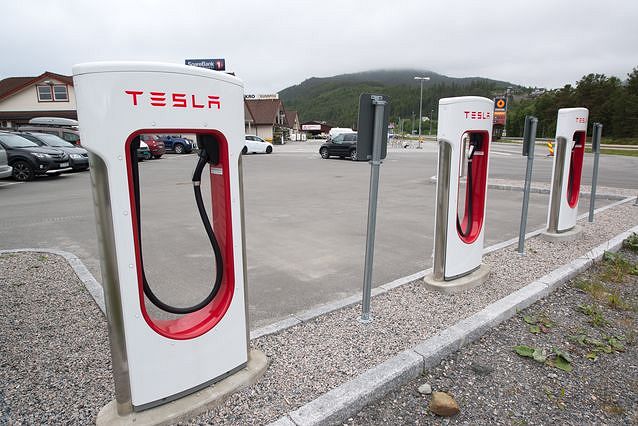The number of electric vehicles (EVs) is rising rapidly worldwide as technology advances and more affordable models enter the market. However, the increasing adoption of EVs will place significant strain on the grid.

By using Aurelia’s technology for on-site power generation for EV charging, companies can meet growing market demand while benefiting from reliable clean electricity generation and price transparency.
Aurelia addresses critical infrastructure challenges by implementing solutions that utilise a mix of currently available fuels. With Aurelia’s solutions, the fuels used by the turbines can be switched to low-carbon alternatives as soon as they become commercially available.
